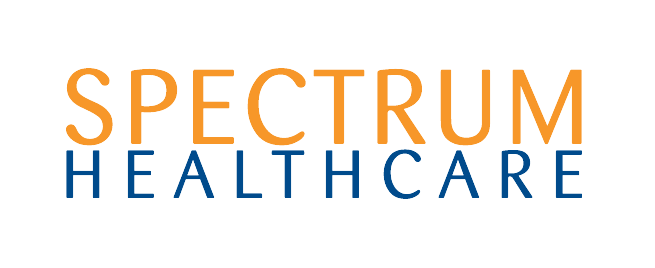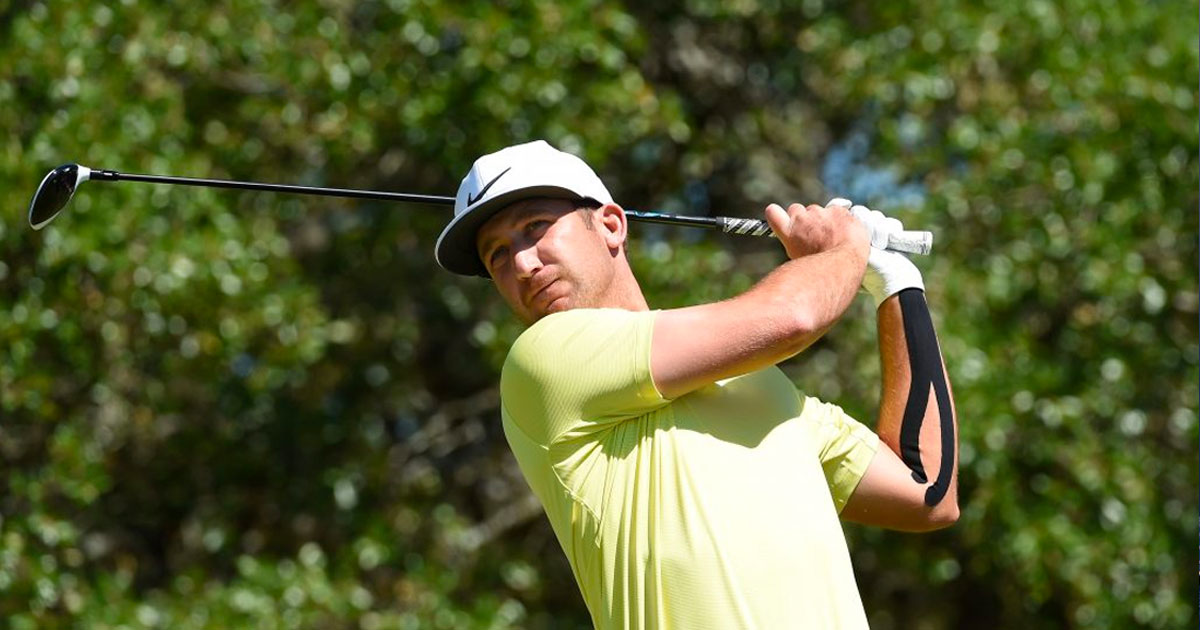
Golfer’s Elbow
Cousin to Tennis Elbow, Golfer’s Elbow (or Medial Epicondylitis) refers to an overuse injury causing pain on the inside of the elbow. In most cases, this condition begins without any obvious injury and sufferers will report a gradually worsening aching pain, radiating down the inside of the elbow, forearm and wrist.
Although this condition is common in golf and throwing athletes, more than 90% of Golfer’s Elbow cases are not sports-related. The large majority of these cases develop due to occupational activities, which involve:
- Repeated lifting heavy loads
- Repeated hard gripping of the hand, and
- Repetitive movements of the hand and wrist(1).
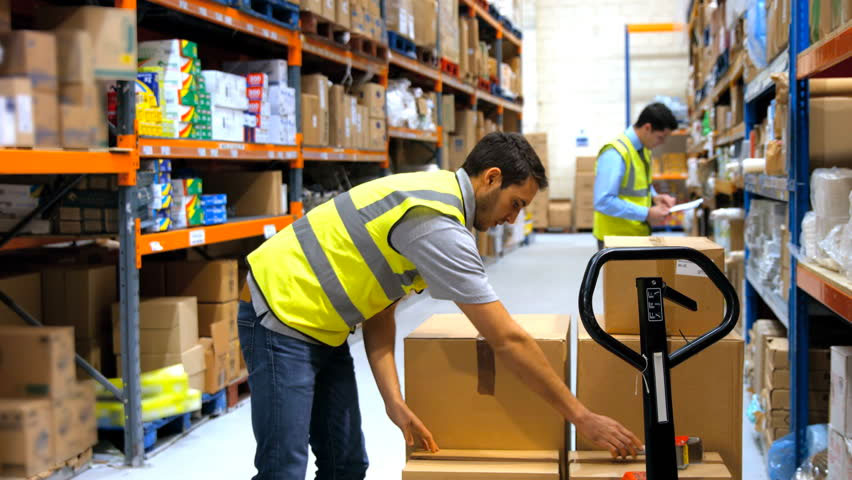
In contrast to Tennis Elbow, which affects the OUTSIDE of the elbow, Golfer’s elbow refers to pain on the bony prominence that sits of the INSIDE of the elbow. Those suffering from Golfer’s elbow may also experience swelling or redness over this region, and this bony prominence will often be tender to touch. Activities such as forearm movement, gripping or throwing will commonly worsen pain. Furthermore, if the condition becomes longstanding, suffers can also develop weakness of the gripping muscles.
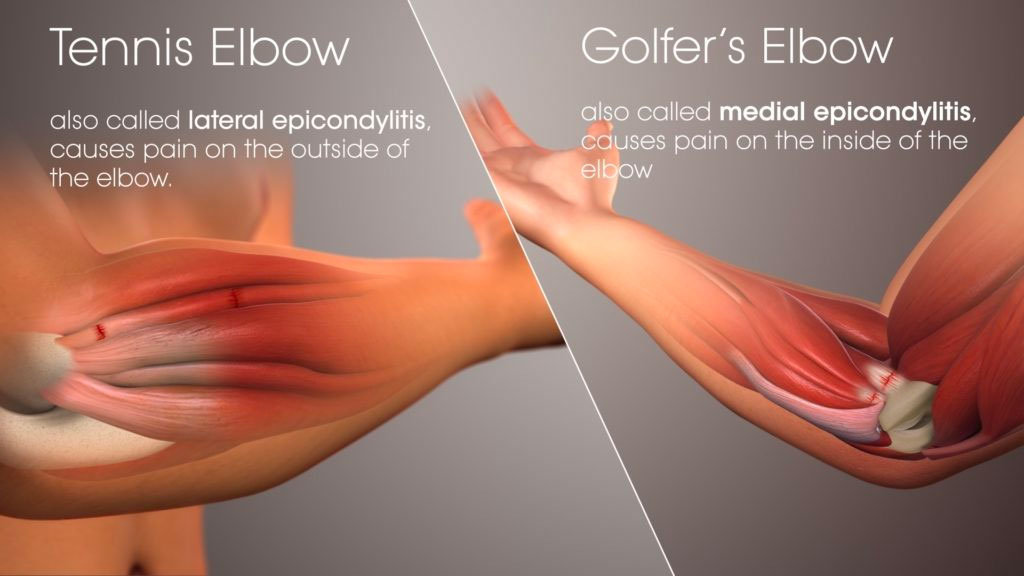
What causes Golfer’s Elbow?
The muscles that allow us to grip and flex the wrist, attach onto the inside of the elbow bone. When a person lacks the muscular strength or endurance to repeatedly lift and grip as their job or sport demands, these muscles become overworked. This leads to pain and dysfunction around the elbow at which these muscles attach, causing what we know as Golfer’s Elbow.
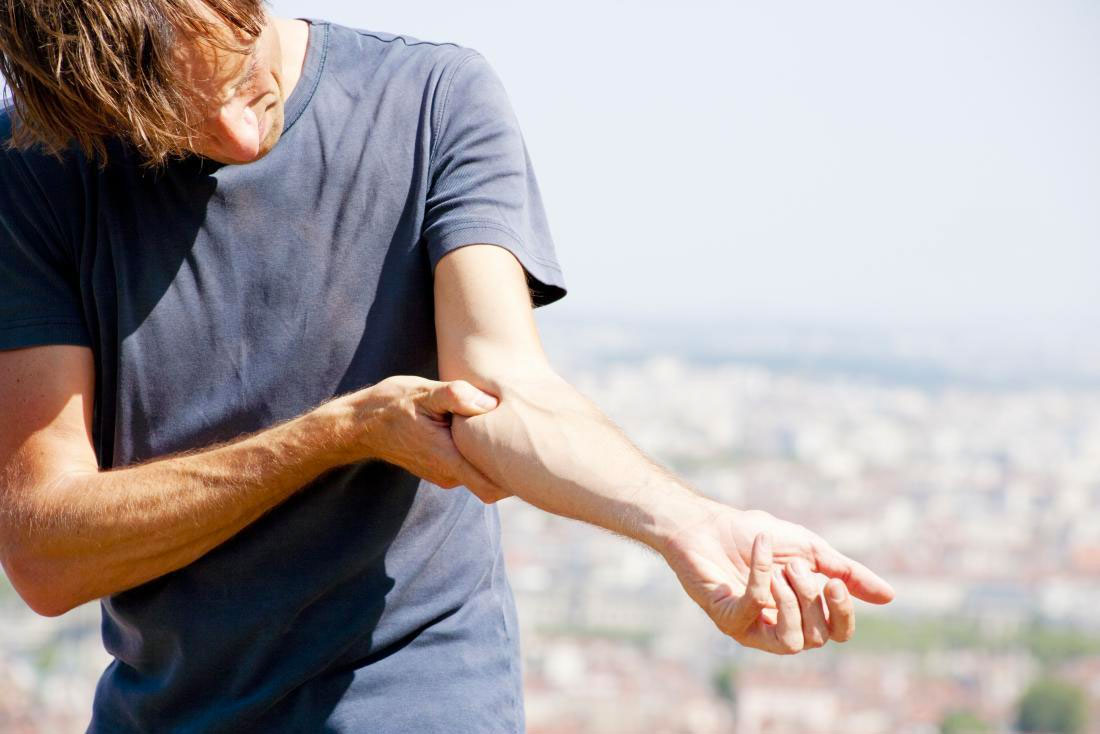
How do we treat Golfer’s Elbow?
When treating Golfer’s Elbow, our first goal is to settle down pain. Strategies that often work well in the initial period include: icing and elevating after painful activities, and taking non-steroidal anti-inflammatory medication as required. If feasible, your Physiotherapist may also recommend a period of rest or reduce the activities that aggravated your pain.
However, physical rehabilitation is always the primary tool by which we can lastingly reduce pain in Golfer’s Elbow. In particular, exercise therapy will be used to improve range of motion of the wrist and elbow and strength of the wrist flexor muscles. This can be facilitated by various soft tissue techniques, such as dry needling, massage or joint mobilisation.
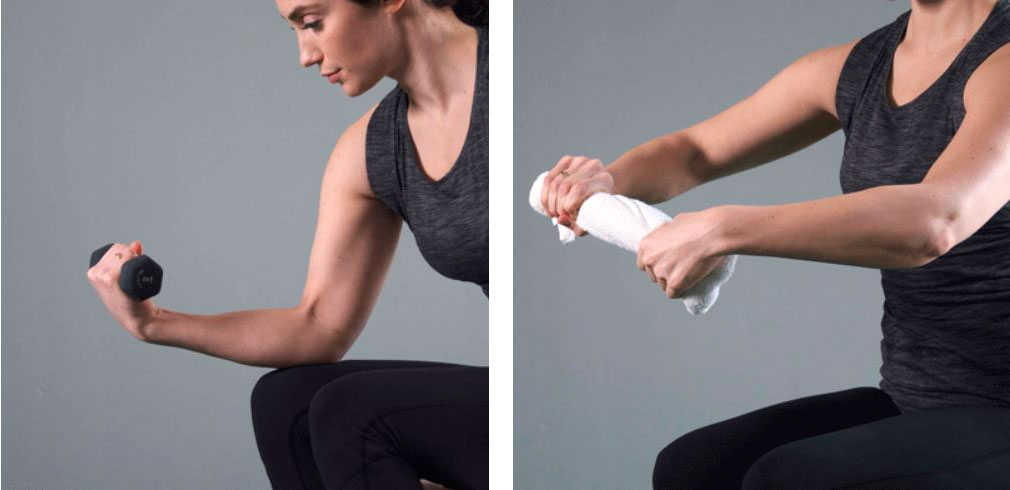
References:
1. Shiri R, Viikari-Juntura E, Varonen H, Heliövaara M. Prevalence and determinants of lateral and medial epicondylitis: a population study. Am J Epidemiol. 2006 Dec 1;164(11):1065-74. Epub 2006 Sep 12. PubMed PMID: 16968862.
2. Kiel J, Kaiser K. Golfers Elbow. [Updated 2019 Apr 16]. In: StatPearls [Internet]. Treasure Island (FL): StatPearls Publishing; 2020 Jan-. Available from: https://www.ncbi.nlm.nih.gov/books/NBK519000/
